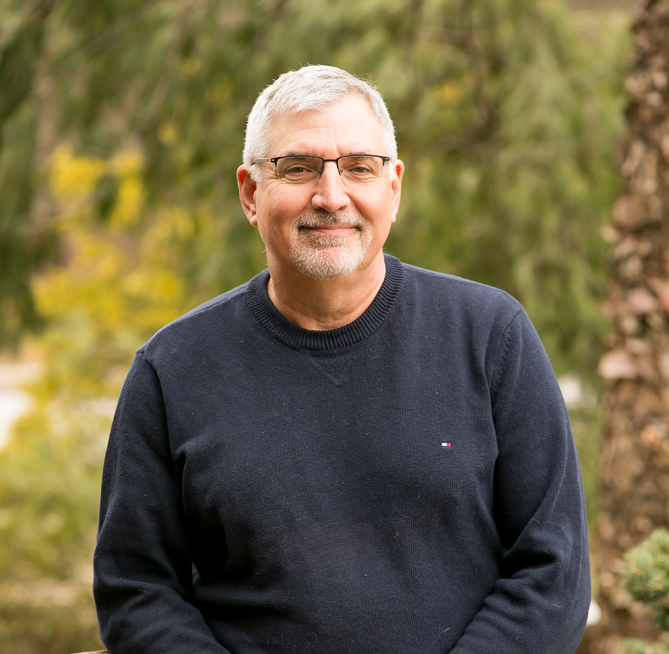New “Once In, Always In” NESHAP Guidance Published by TCEQ
Posted: January 28th, 2019
Authors: Roy R.
The Texas Commission on Environmental Quality (TCEQ) air quality staff were very busy during the fourth quarter of 2018, rolling out several new tools and policies related to New Source Review permitting and air quality dispersion modeling. In the midst of publishing the above referenced items, TCEQ also introduced guidance related to the withdrawal of the U.S. EPA “once in, always in” policy for major sources subject to a National Emissions Standard for Hazardous Air Pollutants (NESHAP) regulation under 40 CFR Part 63. The TCEQ guidance, released on November 8, 2018, specifies how major sources of hazardous air pollutants (HAP) in Texas can transition to area source status for purposes of NESHAP applicability.
Background
NESHAP regulations are established for both major sources and area sources of HAP across a variety of source categories. A major source of HAP is a facility with a potential to emit (PTE) of greater than 25 tons per year (tpy) of all HAP or 10 tpy of a single HAP. The distinction between being a major source or minor source of HAP emissions is significant in many industries because area sources are not always subject to costly NESHAP obligations or area sources may be subject to less stringent obligations than major HAP sources, and area HAP sources may also be subject to less-onerous facility operating permit requirements. Under the previous U.S. EPA policy, a facility categorized as a major source of HAP upon the compliance date of the applicable NESHAP standard would have no ability thereafter to reduce their emissions and be subsequently categorized as an area source of HAP. On January 25, 2018, the U.S. EPA reversed the “once in, always in” policy, allowing facilities to accept federally enforceable HAP emissions limits to avoid major source obligations at any time.
TCEQ Guidance
Citing a lack of detailed guidance from U.S. EPA to implement the change in policy, the TCEQ published state-specific guidance on how affected major HAP sources in Texas can transition to an area HAP source. The TCEQ guidance requires that major sources of HAP seeking to become an area source of HAP must continue to comply with all applicable requirements associated with relevant NESHAP regulations until four conditions have been satisfied:
- Any necessary new source review (NSR) permit revisions have been obtained to establish Federally enforceable emissions limits restricting potential to emit (PTE) below NESHAP major source thresholds and to remove permit conditions which require compliance with the relevant NESHAP regulations.
- Any necessary Federal Operating Permit (FOP) revisions have been obtained to remove permit terms of citations which require compliance with relevant NESHAP regulations.
- Any necessary physical or operational changes to reduce PTE of HAP have been completed as represented in the permit actions of items 1 and 2.
- The owner or operator of an affected facility is maintaining records at the facility which demonstrate compliance with the Federally enforceable emissions limits restricting PTE below NESHAP major source thresholds
Observations
While the January 25, 2018 withdrawal of the “once in, always in” is a policy action related to Federal regulations, the TCEQ guidance is an important reminder that state and local permitting authorities may not implement the guidance at face value or may not implement the guidance at all. Point being, if you have facilities in other states or localities, make sure to check in with the applicable state or local permitting authority to understand their interpretation and implementation of the U.S. EPA policy change.
If your facility in Texas is planning to transition from a major HAP source to an area HAP source, make sure to allocate sufficient time and resources to facilitate the permitting implications of the transition. In reality, such a transition in this state will take time and will involve two permitting actions. Equally important, if the NESHAP regulations that your facility is looking to avoid already apply, you will need to demonstrate compliance with such standards until all the requisite permitting actions and modifications (as applicable) are complete at the facility, which could take one year or more.
Please contact me at 610.933.5246 x127 or at rrakiewicz@all4inc.com with any questions related to the TCEQ “once in, always in” guidance.

